Higher 2025 Seller’s Stamp Duty Rates Just Dropped: Should Buyers And Sellers Be Worried?
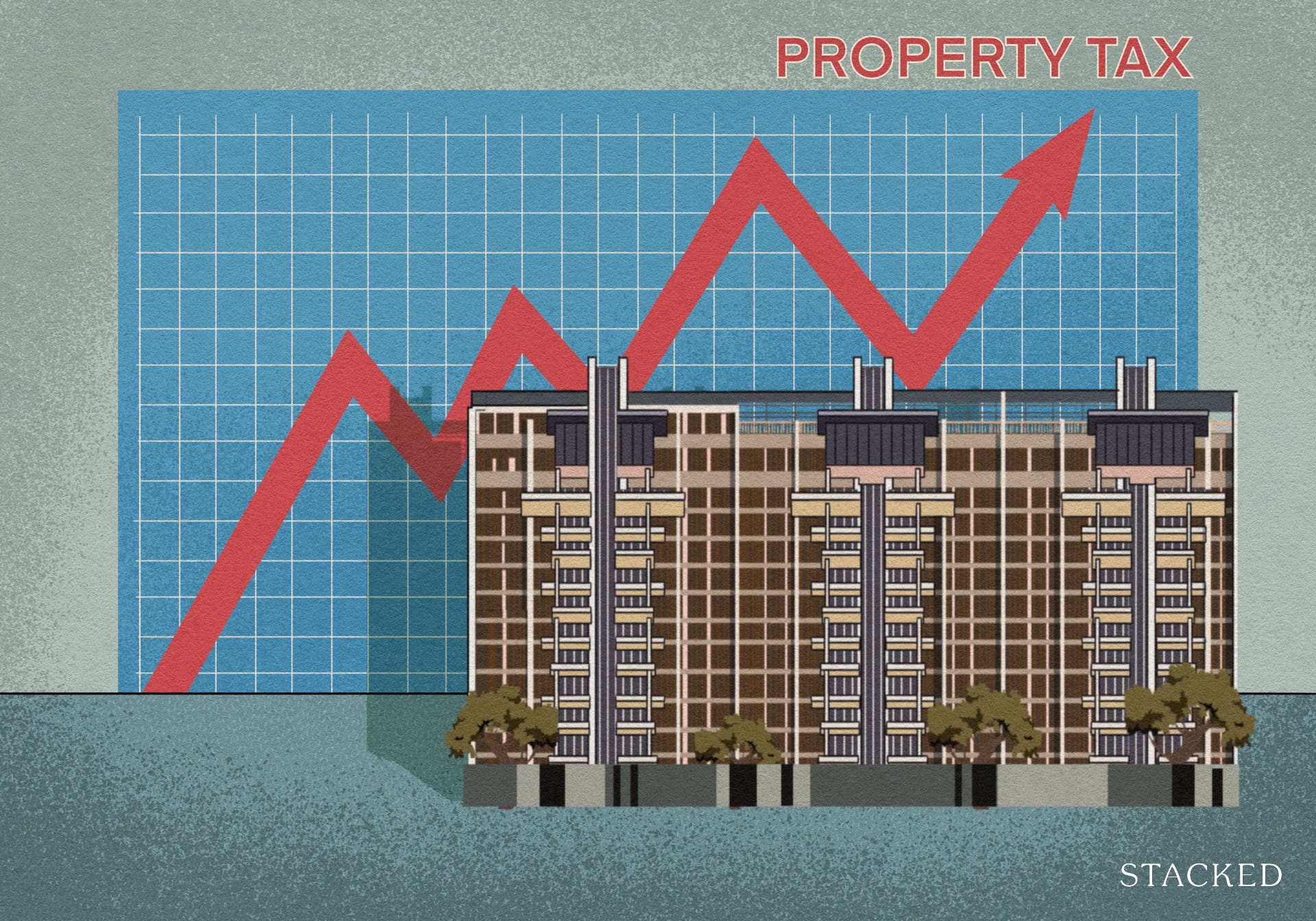
Get The Property Insights Serious Buyers Read First: Join 50,000+ readers who rely on our weekly breakdowns of Singapore’s property market.
A seasoned content strategist with over 17 years in the real estate and financial journalism sectors, Ryan has built a reputation for transforming complex industry jargon into accessible knowledge. With a track record of writing and editing for leading financial platforms and publications, Ryan's expertise has been recognised across various media outlets. His role as a former content editor for 99.co and a co-host for CNA 938's Open House programme underscores his commitment to providing valuable insights into the property market.
Seller Stamp Duty is back to the way it was. Again. Because, of course, it is.
To prevent the market from reacting on time and deprive me of sleep, the government has just announced, at close to midnight on 03 July 2025, that Sellers Stamp Duty (SSD) rates are back to how they were in 2017. This is to cool the property market, because nothing helps to lower prices like further restricting the resale supply, at a time when many of the new launches are in the Core Central Region (CCR). Here’s more on this stroke of genius.
(Update: As of 4/7/25, IRAS has clarified that SSD is based on exercise date to exercise date; more on this below)
Table of Contents
- What is SSD, and what is happening?
- What does this mean for you?
- First, we could see less speculative buying, and fewer sub sale transactions
- Second, it could slow the supply of resale units entering the market.
- Why buying in 2025 might mean less competition later on
- The bargaining power could shift
- This is also a valuable lesson about the dangers of over-leveraging, or being overly optimistic about flipping
What is SSD, and what is happening?
Starting 4 July 2025 at 12:00 am, SSD rates go up, and the holding period gets longer. If you sell a property within:
- One year of buying it, you pay 16 per cent of the sale price as SSD
- Two years of buying it, you pay 12 per cent
- Three years of buying it, you pay eight per cent
- Four years of buying it, you pay four per cent
The SSD doesn’t apply if you sell from the fifth year onward. None of this is relevant to HDB properties by the way, since you can’t sell within the five-year Minimum Occupancy Period (MOP), but it’s very relevant to private property sales.
The “new” SSD rates are not in fact new; this is the same SSD structure we had back in 2017. For a time, they were relaxed to three years and four per cent less across each tier; but to discourage flipping and rising property prices, the government is going back to the old system.
What does this mean for you?
If you’re planningto buy with a short olding period, expect your property agent to give you a much more cautious briefing than before. The new SSD regime means that if you sell within four years, you’ll face a tax of 4 to 16 per cent. This is enough to derail plans for a quick exit, or prompt a panicked rethink down the road.If you’re not selling within this time period, then this isn’t of any immediate urgency to you.
Also, as a matter of clarification from IRAS, SSD will be calculated from exercise date to exercise date. For example: it you exercised the Option To Purchase (OTP) BEFORE 4th July 2025, but it’s sold on or aftrt 4th July 2025, then the relevant SSD rate will apply.
In the bigger picture though, a longer SSD period has two main implications (and a smaller one, but still worth noting):
First, we could see less speculative buying, and fewer sub sale transactions
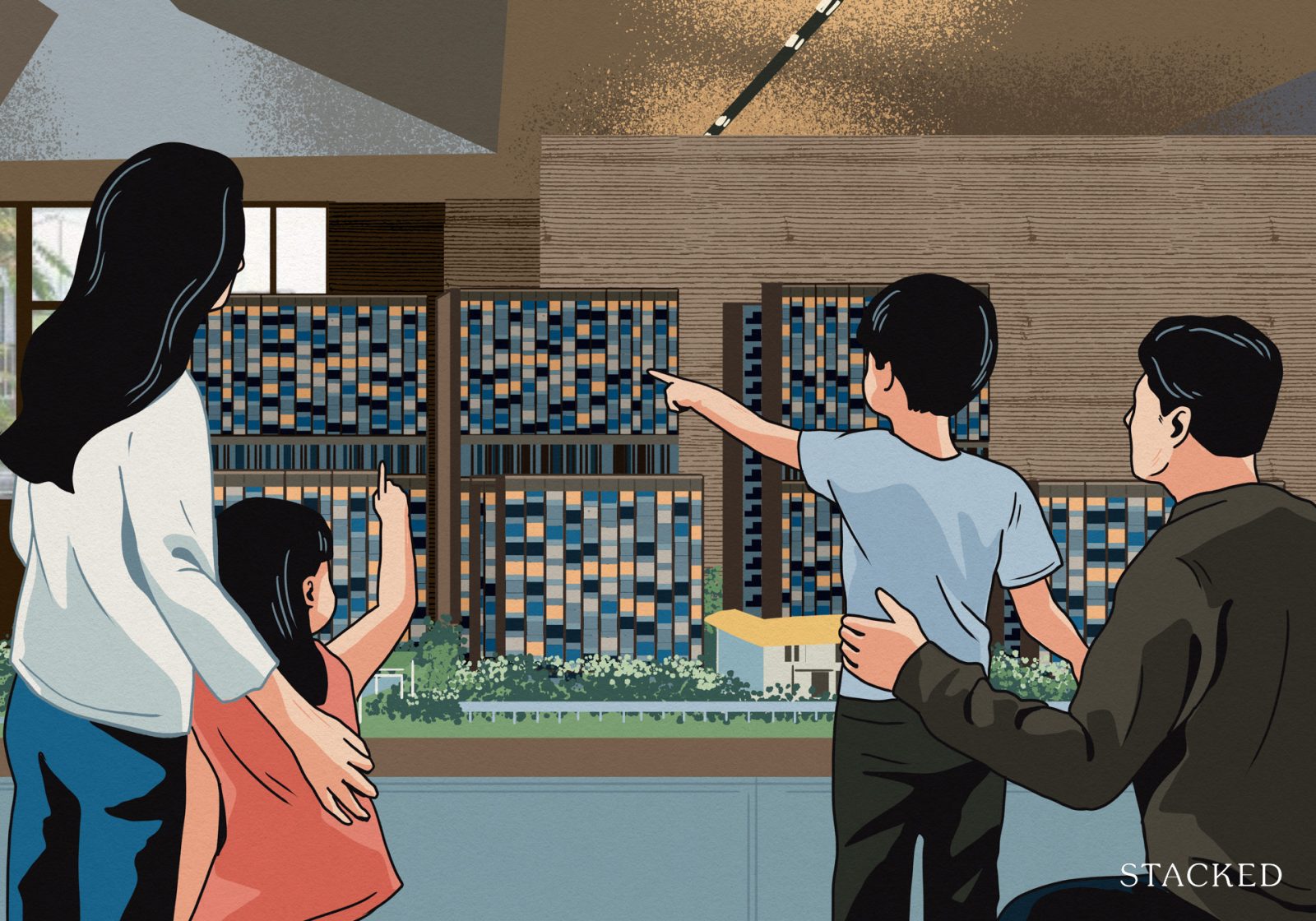
That’s the theory, at least. With longer periods before you can flip a property for profit, more buyers will be in the owner-occupier category. Speculative buyers (e.g., those trying to buy at steep discounts at launch, and then sell before the Temporary Occupancy Permit) might drop out of the picture if they have to hold for longer.
This probably won’t result in lower prices, as it’s a preventative action. The intention is to stop any bubbles or speculative surges forming; perhaps because the government worries about a flight to safe capital in an uncertain economy, or feels the current high prices are due to people flipping properties.
More from Stacked
Breaking Down The Costs Of Development: Is Property Development Unsustainable In Singapore?
There's a common misconception today that property developers are the cause of higher property prices in Singapore. After all, it…
Which could have fooled me, because here I was thinking it was post-COVID inflation; but it’s reassuring to imagine some high-level policy maker is calling the shots. So let’s all do that.
Second, it could slow the supply of resale units entering the market.
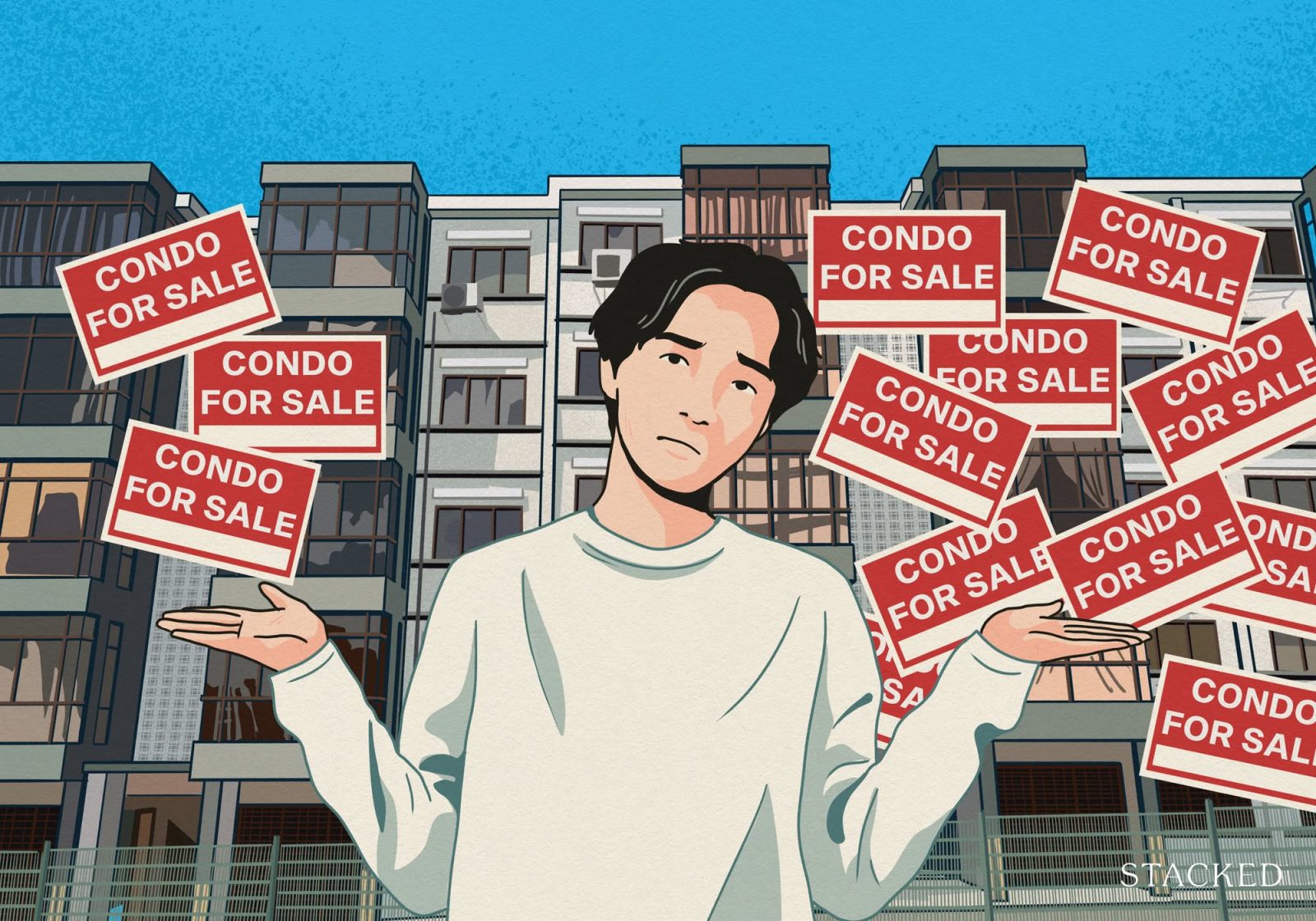
This is exactly what we need when faced with a slew of new launches in Singapore’s most expensive region: a move that will thin the number of resale/sub sale options. Resale is already difficult to find now, but perhaps the new challenges will be character-building.
In all fairness, a major contributing factor to the lack of resale units is also the high cost of replacement properties; and that’s still likely to have a much greater impact than the reversion to the older SSD structure. But it’s hard to see how extending the SSD period and raising the tax, is going to help incentivise more people to sell.
But in the bigger picture, this could also quietly shift market dynamics, and not in the way most people are thinking.
Why buying in 2025 might mean less competition later on
If you’ve purchased a new launch unit this year, you’re in a unique position because come 2028, most others won’t be able to sell. With the new 4-year SSD in place, the usual wave of newly completed units hitting the market post-TOP may be noticeably smaller.
What does this mean? 2028 could be a dry year for buyers looking for newly completed, move-in-ready homes. Fewer units available, fewer choices, and possibly more urgency for those who can’t wait or don’t want to go into the resale market.
The bargaining power could shift

While a slower market is never ideal, scarcity changes dynamics. If you’re one of the few who can sell in 2028, perhaps because you bought before the rule change, you might find yourself holding the upper hand.
Buyers scrambling for new, just-TOP units will have fewer options. And if resale prices continue their steady climb, sellers with move-in-ready homes could command more attention, and more favourable offers.
It’s a rare case where a restriction on selling could create an opportunity for those who don’t need to sell fast.
This is also a valuable lesson about the dangers of over-leveraging, or being overly optimistic about flipping
I have come across buyers who hold the theory that “it doesn’t matter what the price is, I’m going to sell it for more anyway.” These are the ones who are overconfident in their early developer sale discounts.
While they might still pull it off, the changes to the SSD may now leave them holding on longer than they expect. This is a reminder that policy decisions – sometimes decreed just before midnight – can seriously penalise you for your assumptions.
The ones who will suffer the most are buyers who have seen drastic changes in income, and thus urgently need to right-size. If they’re caught within the new SSD period, losses from urgent sales can be compounded by the new stamp duty.
I hope no one reading this is too adversely affected, and that overzealous buyers remember to curb their enthusiasm. Maybe if all of us in the market play dead for a while, the roving menace of policy will get bored and wander off again.
For more on the situation as it unfolds, follow us on Stacked. Unsure about your next move and how this regulation would affect you? Get in touch for a more in-depth consultation here.
Ryan J. Ong
A seasoned content strategist with over 17 years in the real estate and financial journalism sectors, Ryan has built a reputation for transforming complex industry jargon into accessible knowledge. With a track record of writing and editing for leading financial platforms and publications, Ryan's expertise has been recognised across various media outlets. His role as a former content editor for 99.co and a co-host for CNA 938's Open House programme underscores his commitment to providing valuable insights into the property market.Read next from Singapore Property News
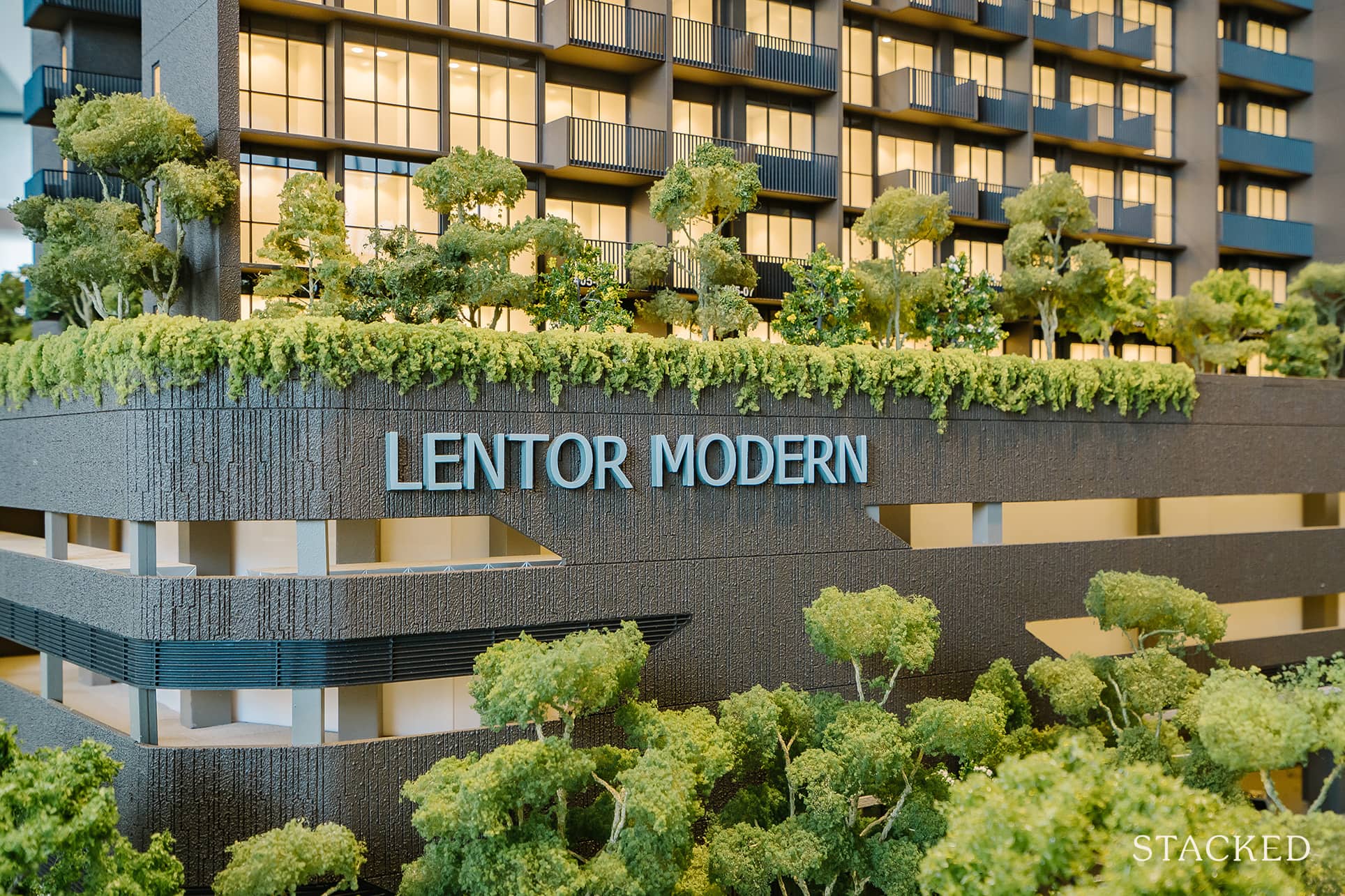
Singapore Property News Lentor’s First Condo Is Complete — The Early Profits May Surprise You
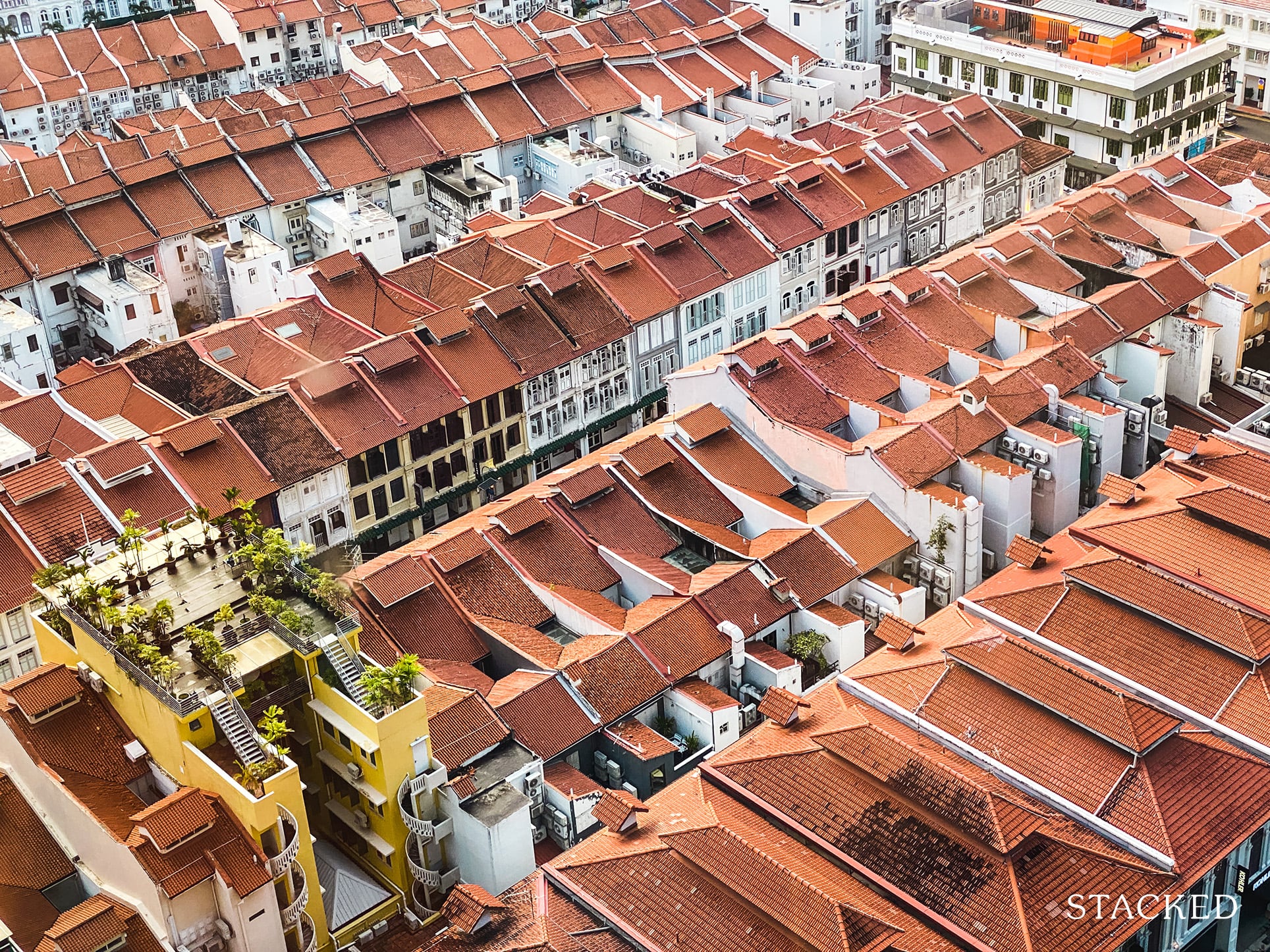
Singapore Property News $281.2M in Singapore Shophouse Deals in 2H2025 — But That Number Doesn’t Tell the Full Story

Singapore Property News CapitaLand–UOL’s $1.5 Billion Hougang Central Bid May Put Future Prices Above $2,500 PSF
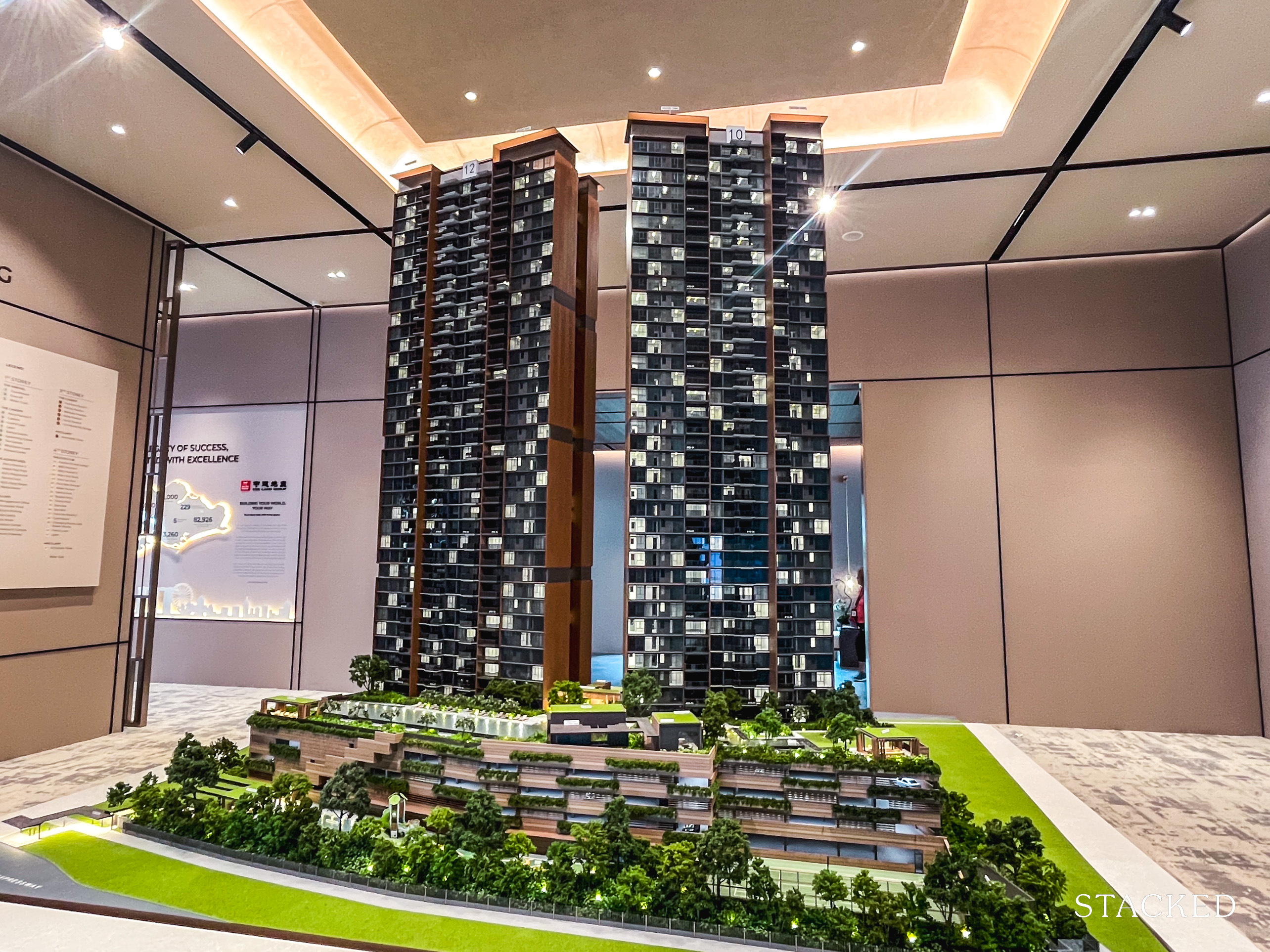
Singapore Property News Why New Condo Sales Fell 87% In November (And Why It’s Not a Red Flag)
Latest Posts
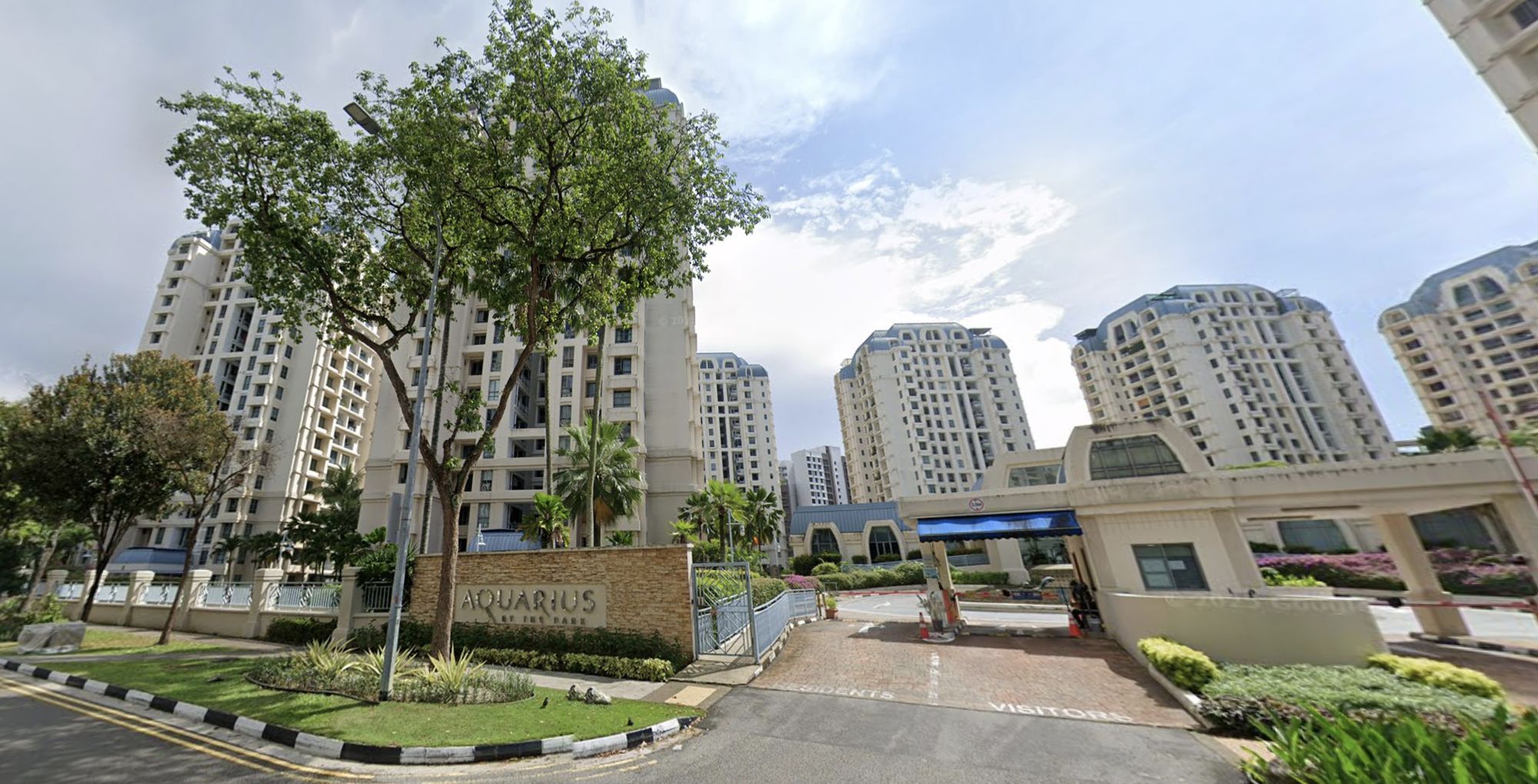
Pro How A Once “Ulu” Condo Launched In 1997 Became A Top Performer
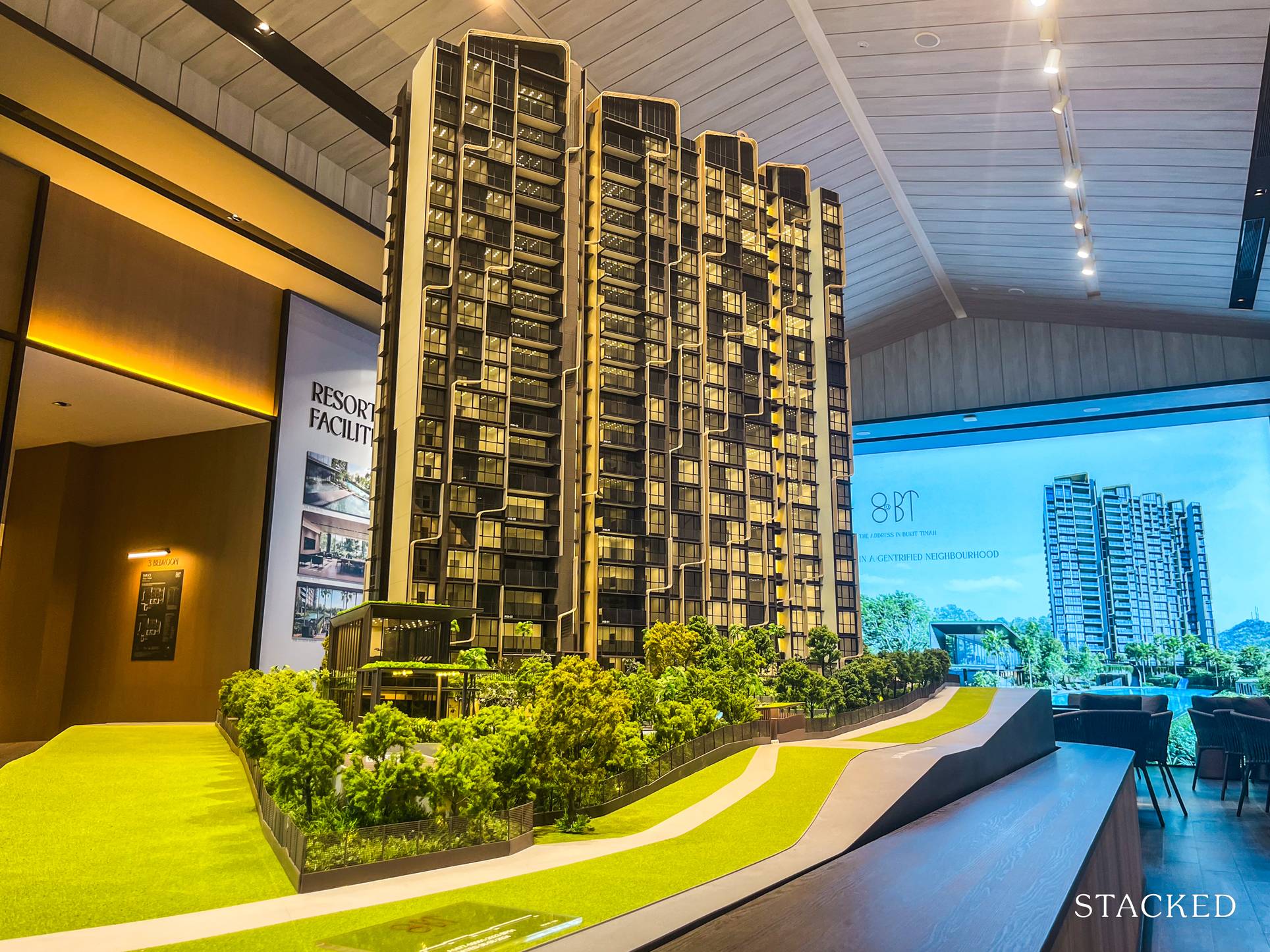
New Launch Condo Analysis I Reviewed A New Launch 4-Bedroom Penthouse At Beauty World
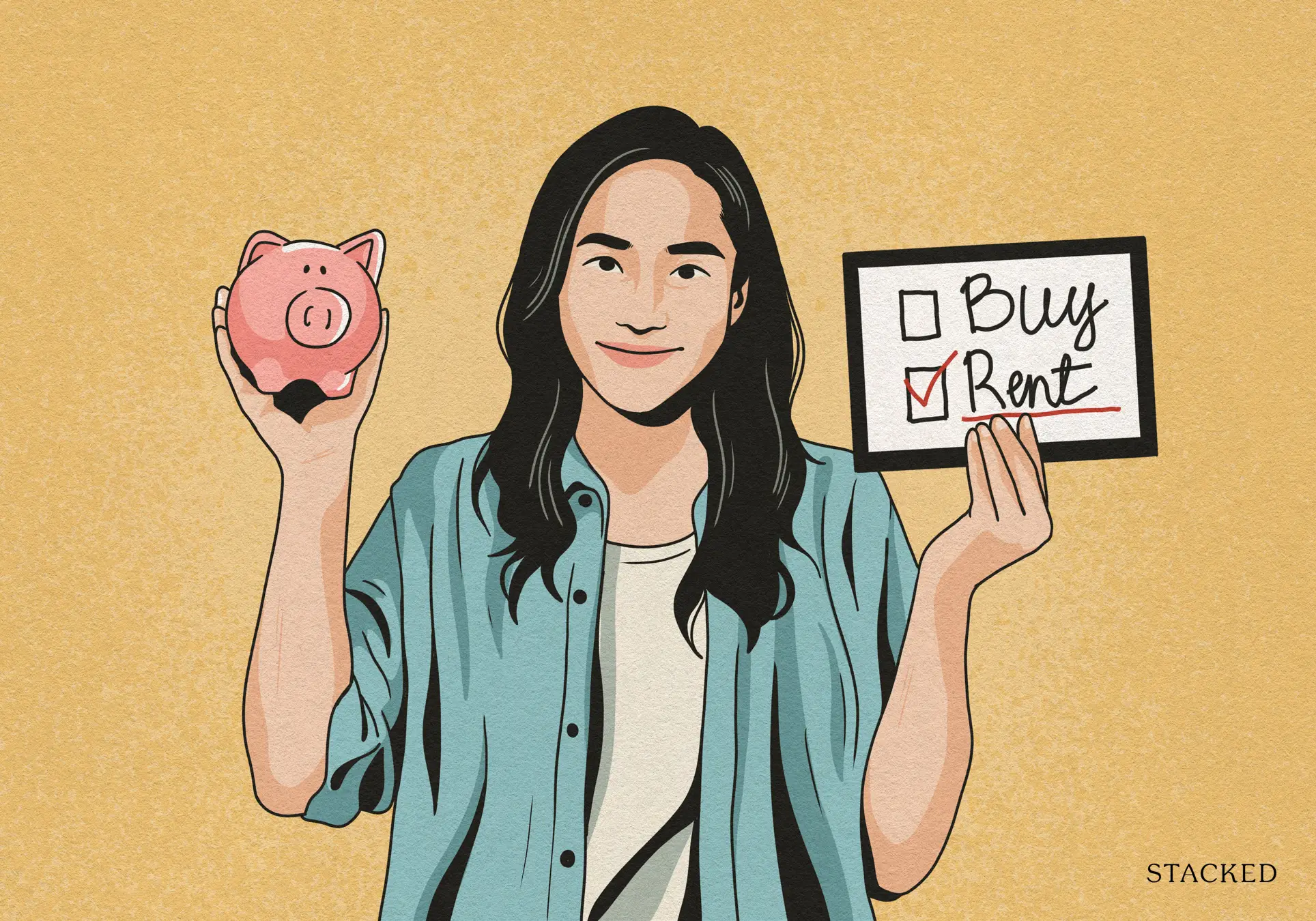
Property Market Commentary When Renting In Singapore Is The Smarter Move — And Buying Can Wait
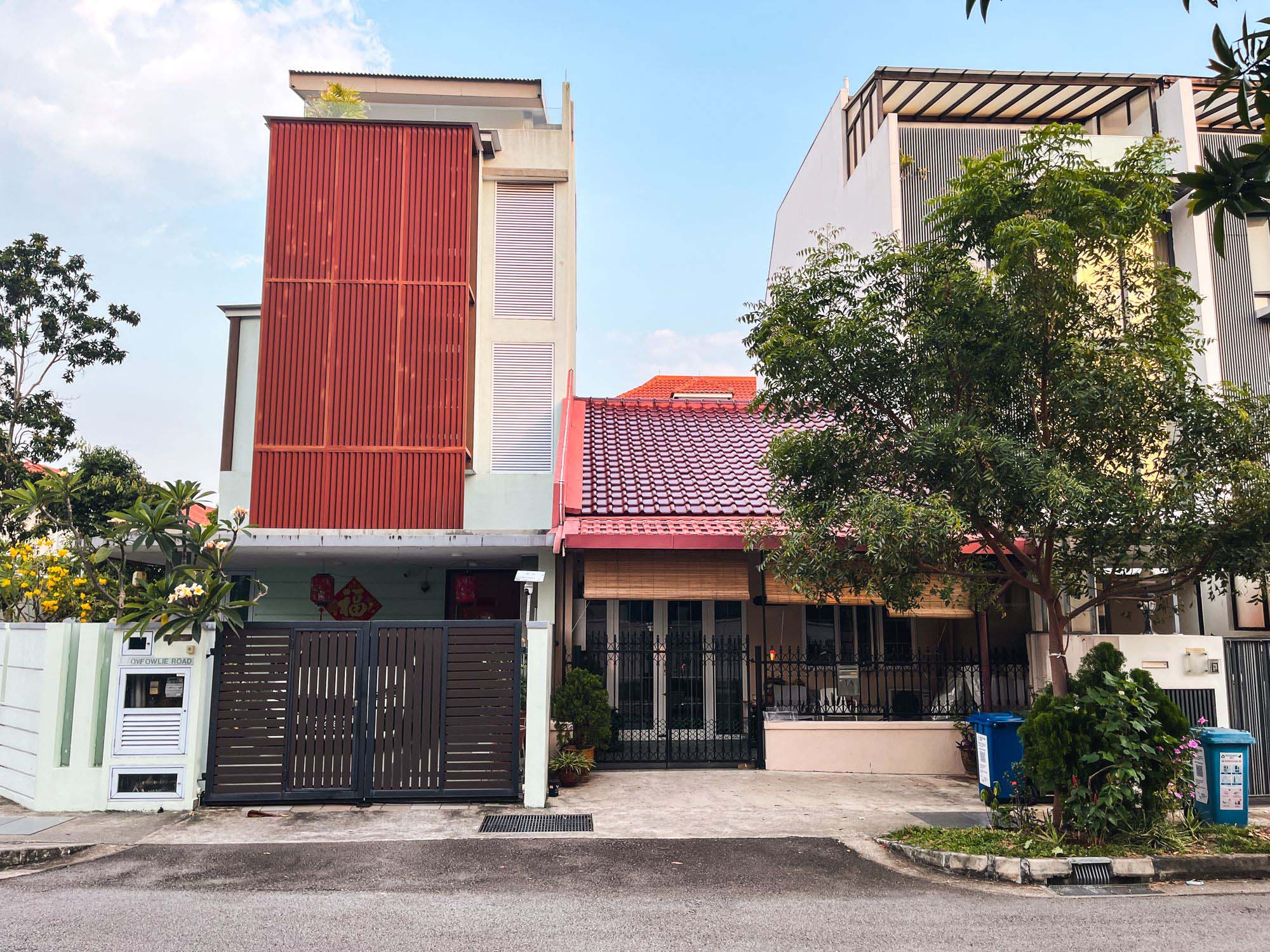
Landed Home Tours Why Singaporean Families Are Looking At This Landed Enclave From Around $4M
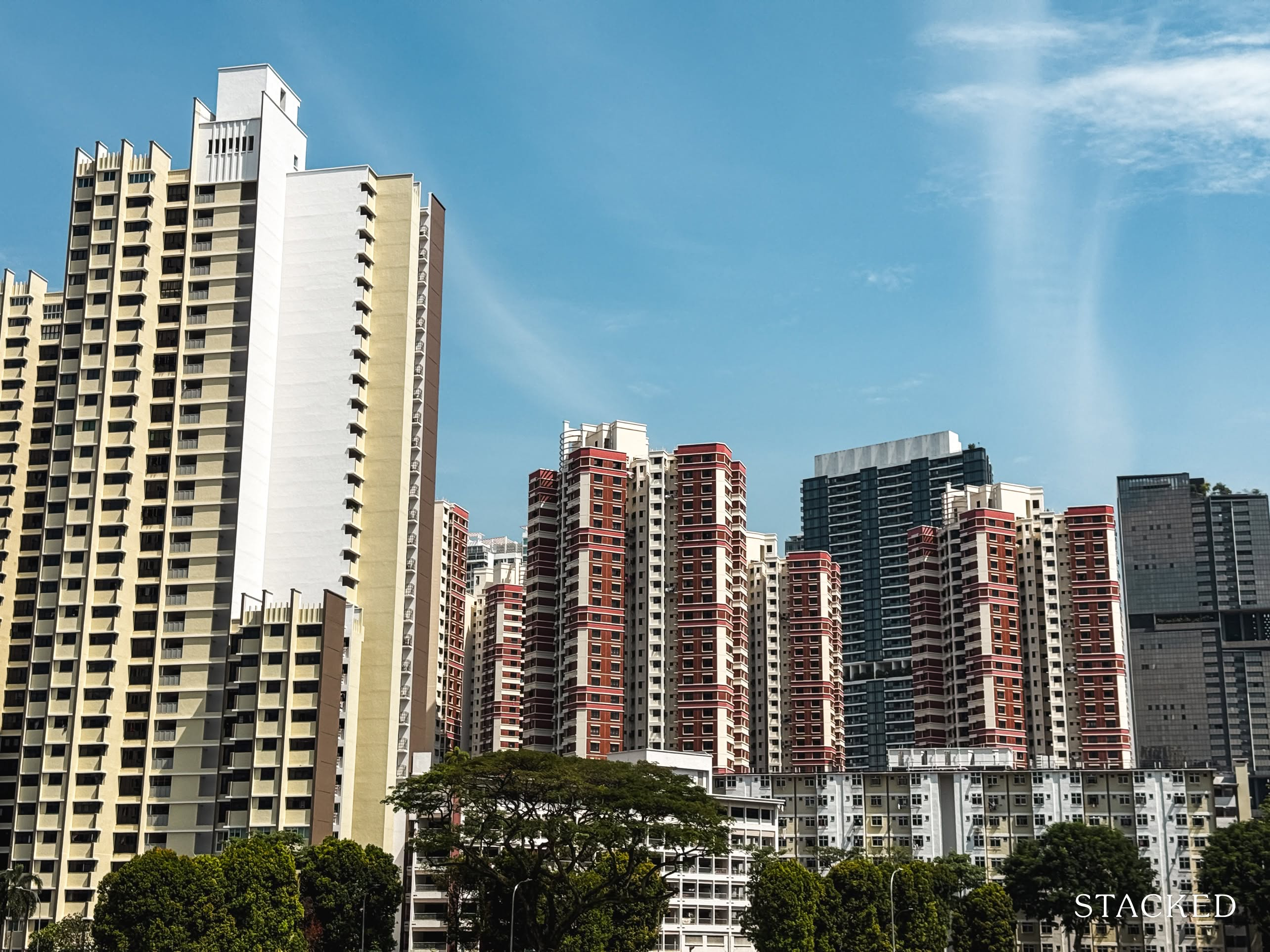
Property Market Commentary A Wave Of New HDB Resale Supply Is Coming In 2026: Here’s Where To Find Them

Property Advice We Own A $800K 1-Bedder And A $1.1M 3-Bedder: Is It Possible To Upgrade To A 4-Bedder Condo?
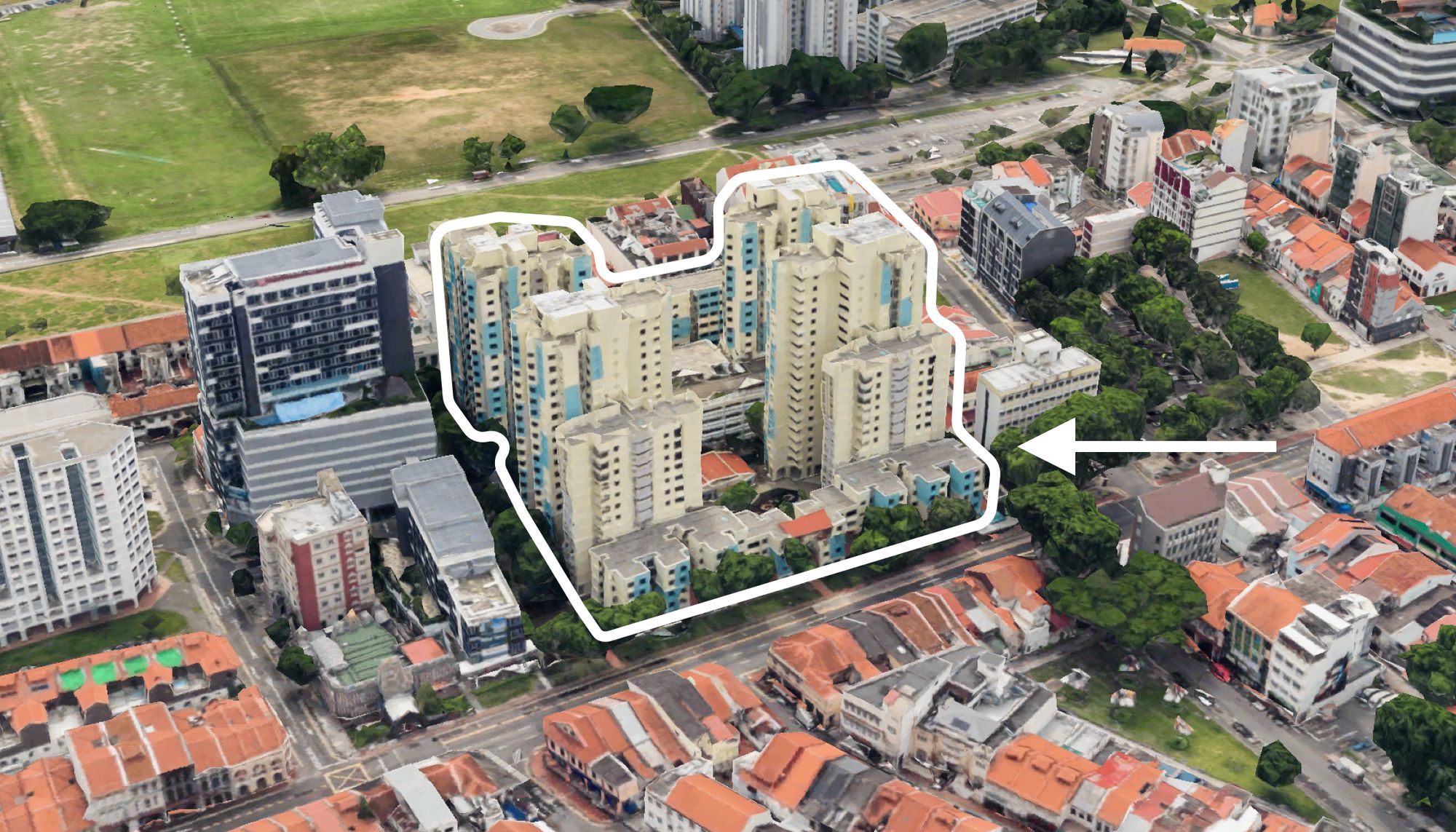
On The Market These Are Some Of The Cheapest 5-Room HDB Flats Left In Central Singapore
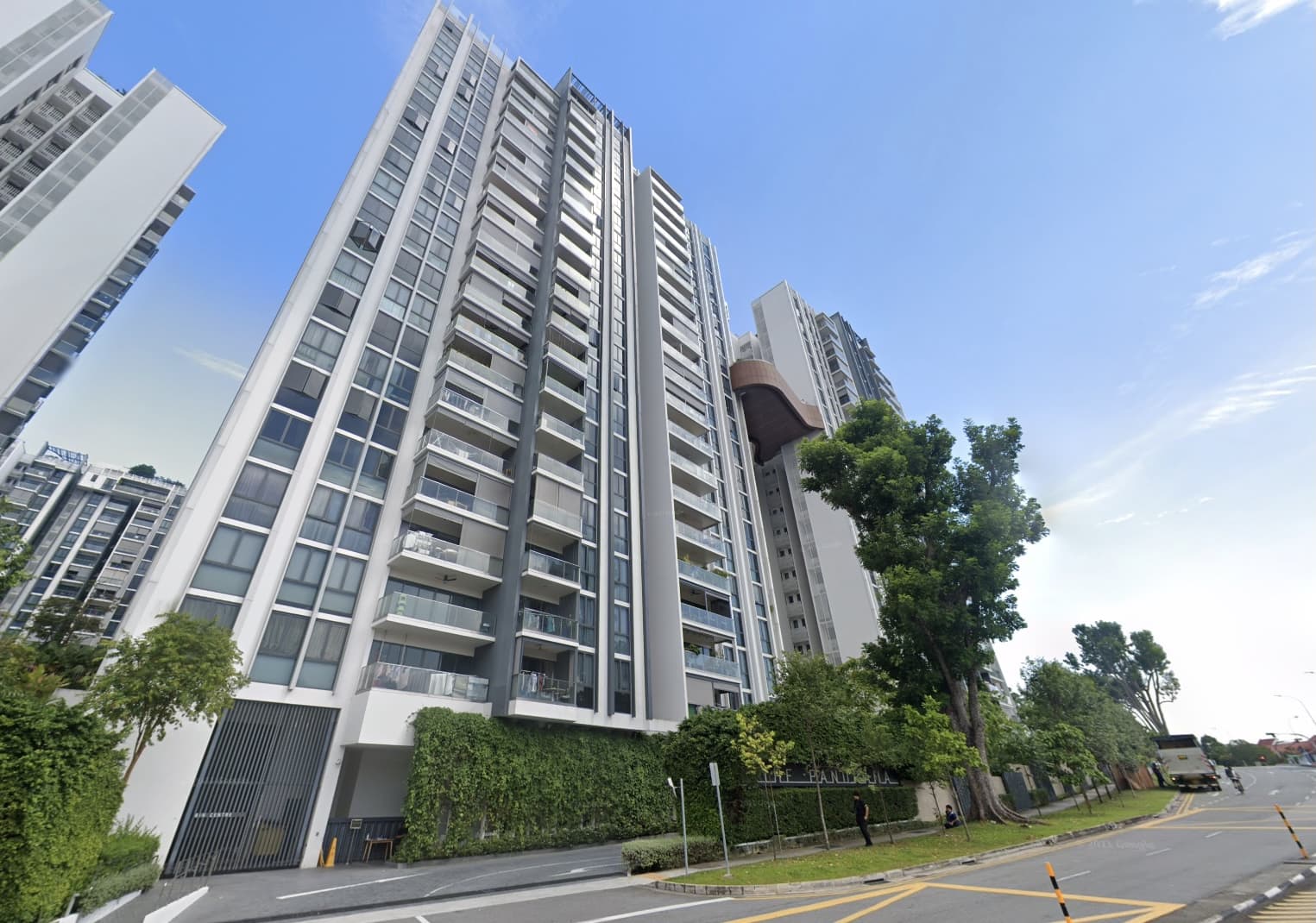
Pro This 698-Unit Ang Mo Kio Condo Launched At The Wrong Time — And Still Outperformed Peers
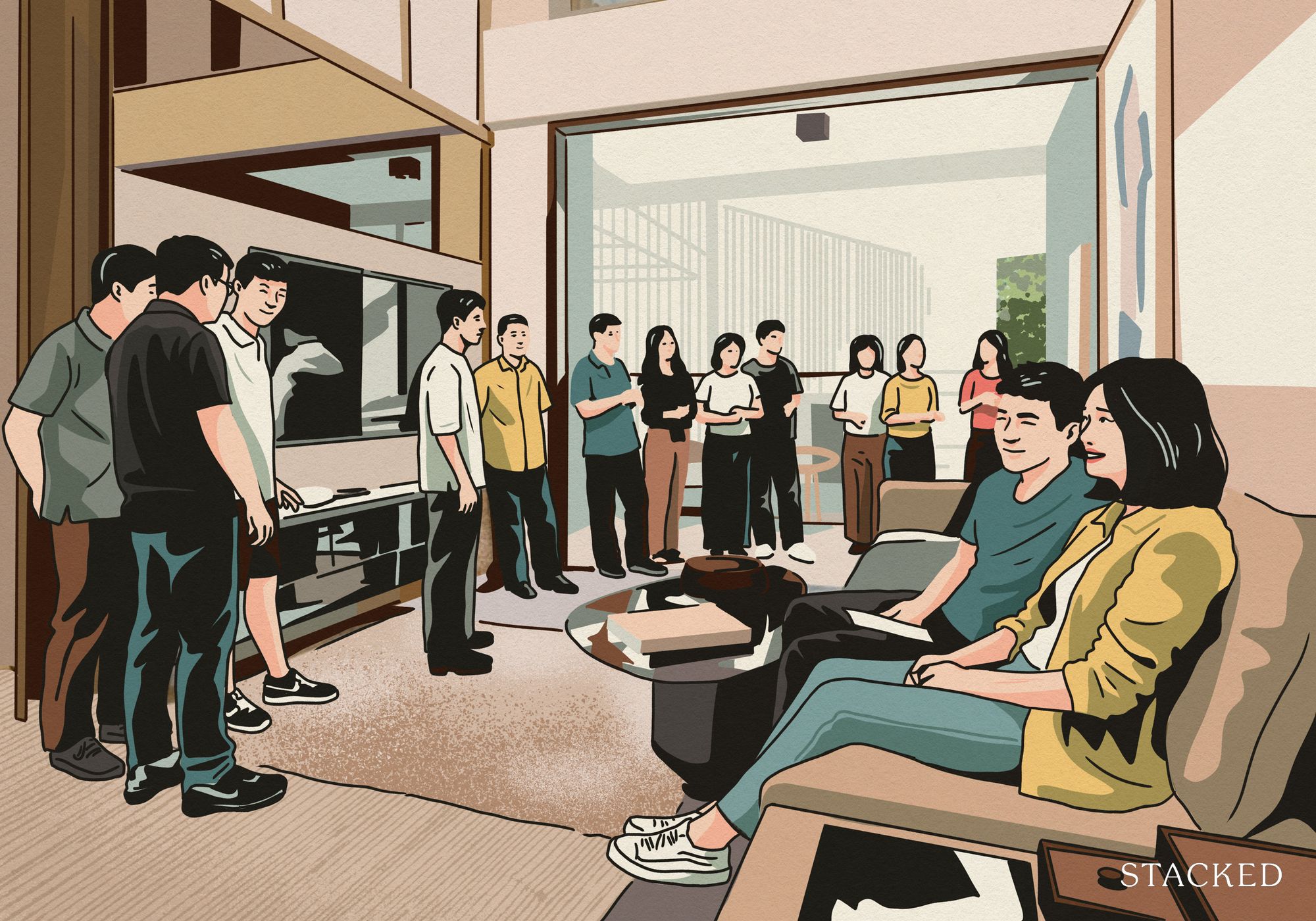
Property Market Commentary 5 Key Features Buyers Should Expect in 2026 New Launch Condos
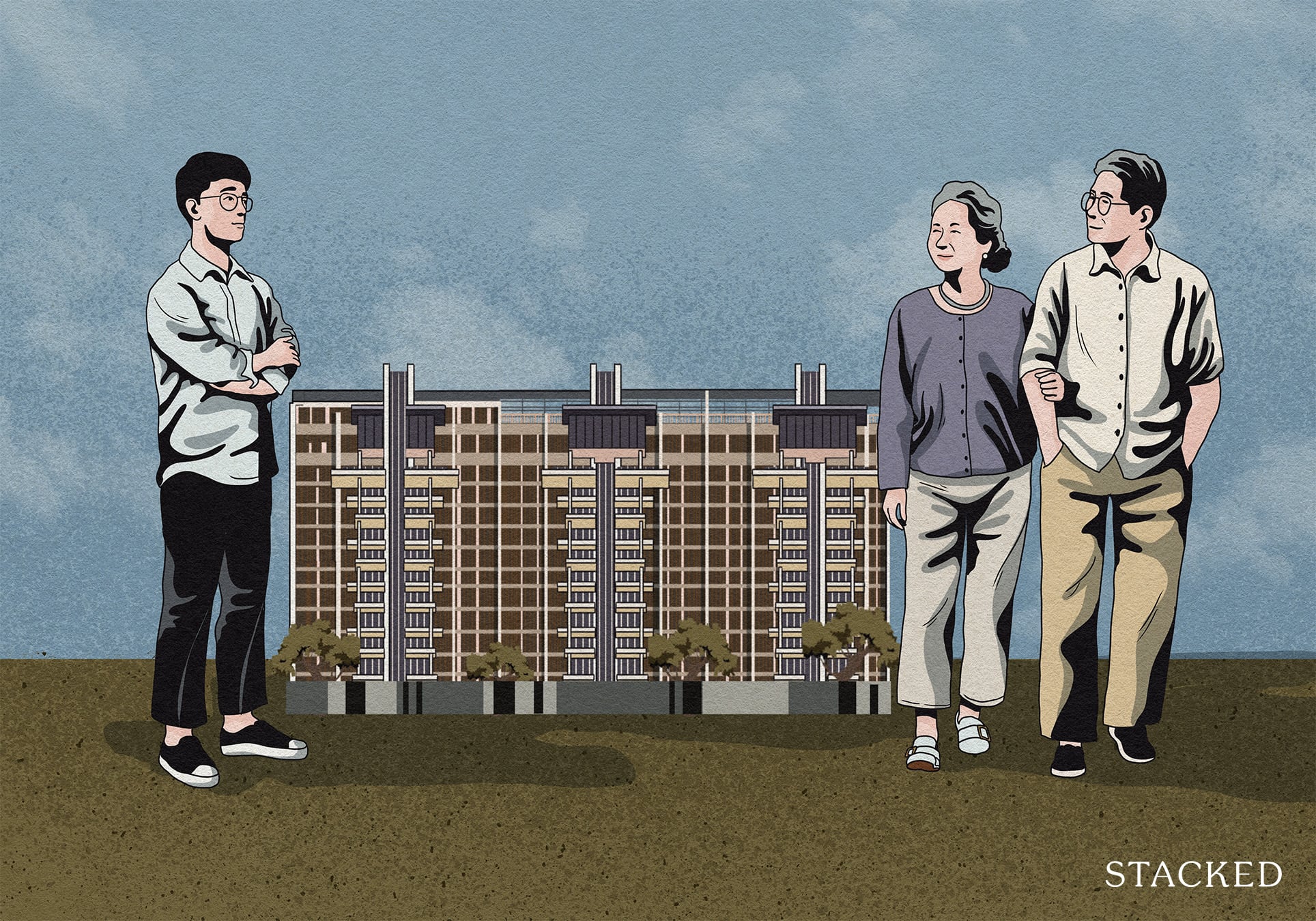
Editor's Pick What “Lucky” Singaporean Homebuyers Used To Get Away With — That You Can’t Today
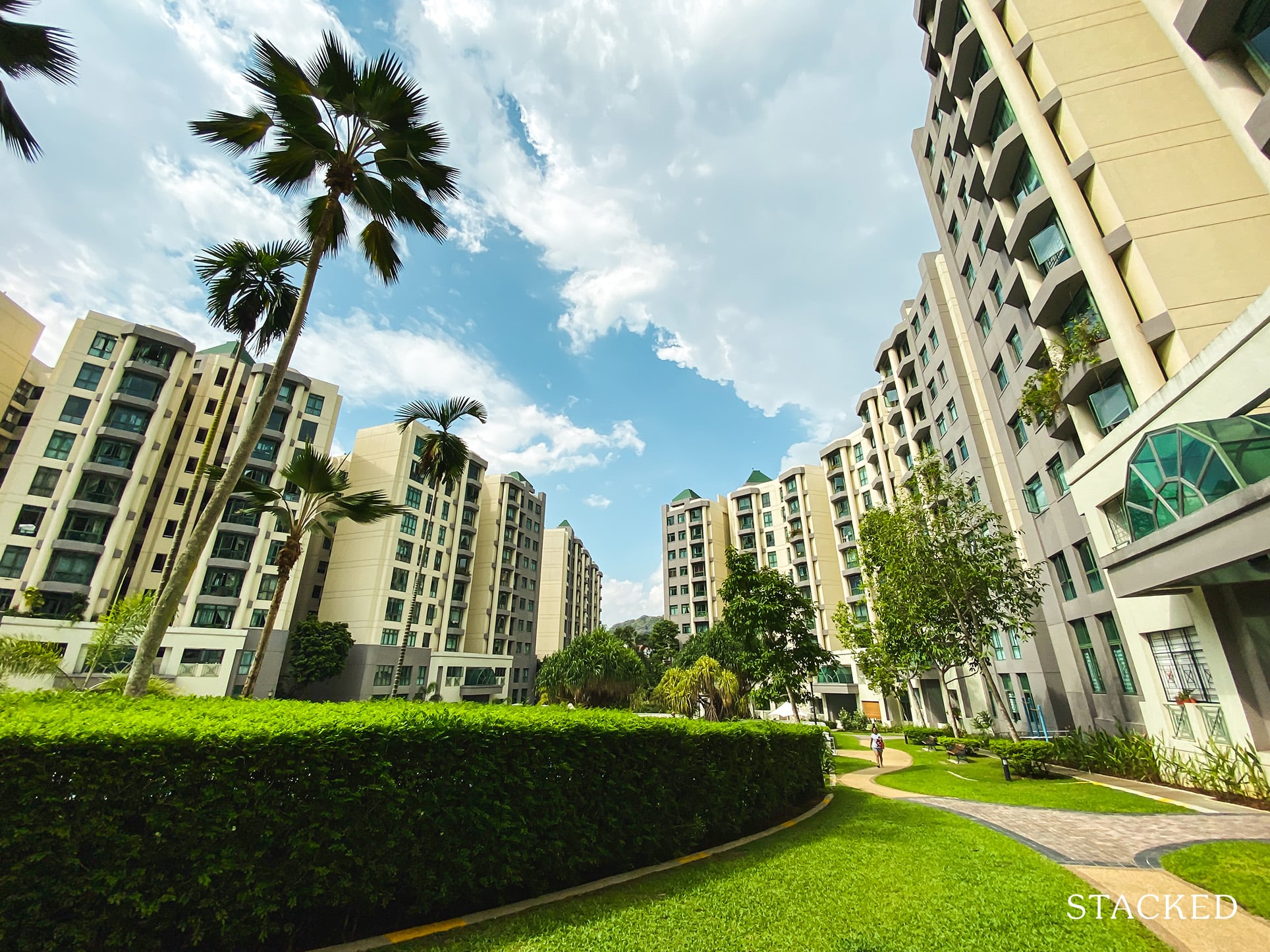
Property Investment Insights These Resale Condos In Singapore Were The Top Performers In 2025 — And Not All Were Obvious Winners

Pro How A 944-Unit Mega-Condo In Pasir Ris Ended Up Beating The Market
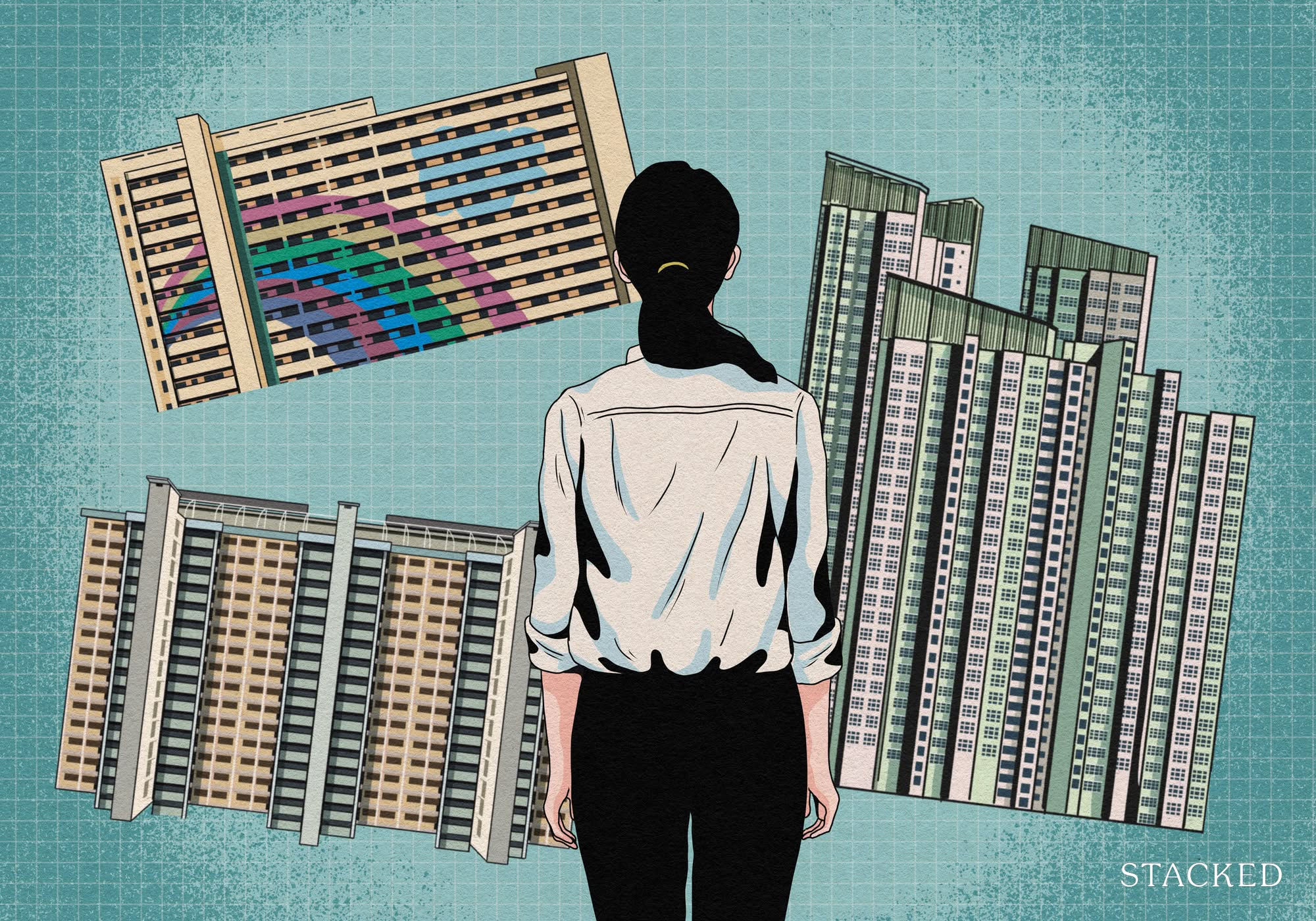
Property Investment Insights What Changed In Singapore’s Property Market In 2025 — And Why It Matters
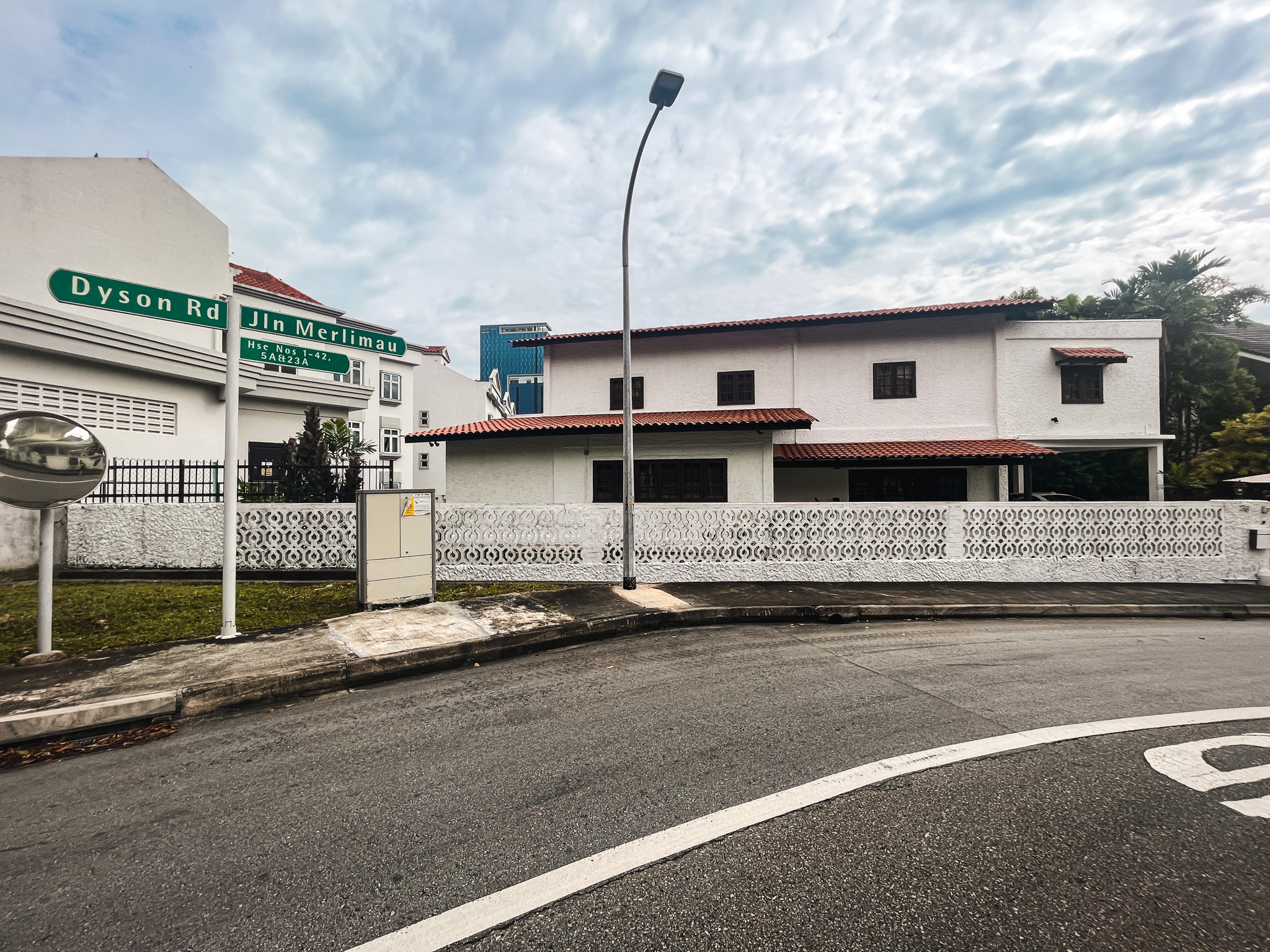
Editor's Pick We Toured A Quiet Freehold Landed Area Near Reputable Schools — Where Owners Rarely Sell

Editor's Pick The Biggest Mistake Singaporeans Make When Analysing Overseas Property


